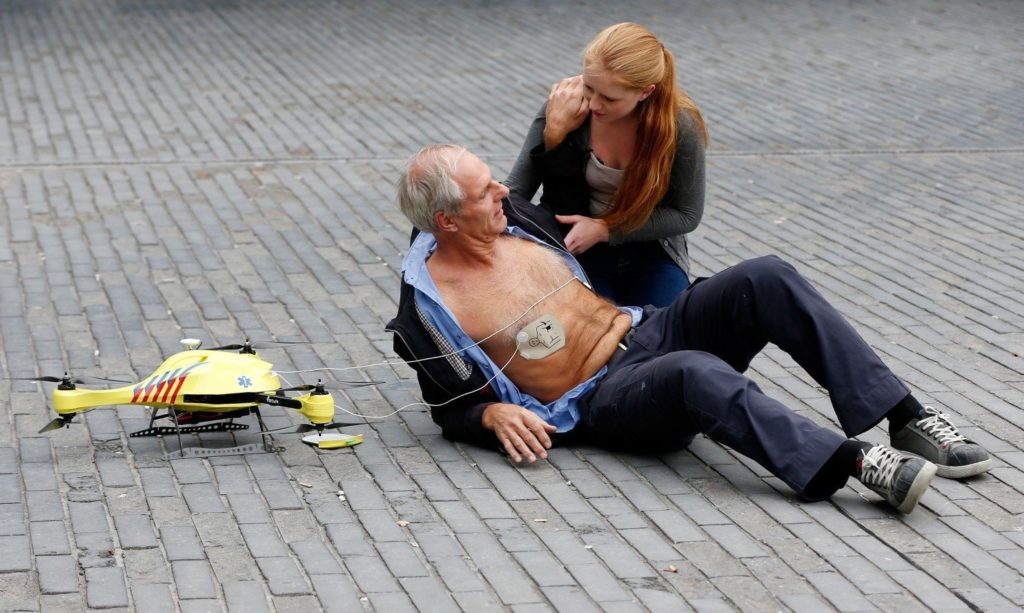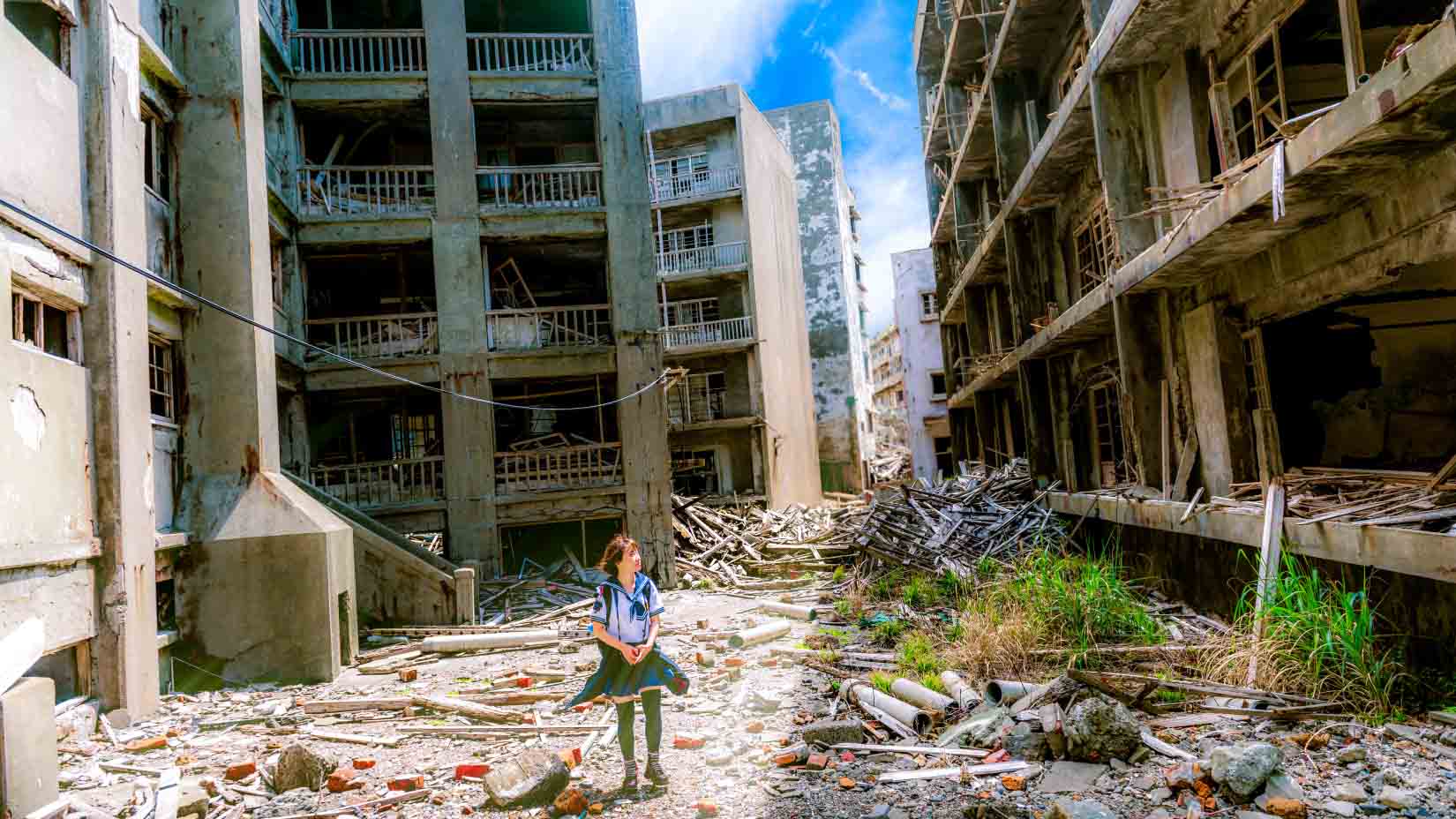The rise of autonomous robotic weapons
The way humans resolve conflict shapes our social landscape. Now, advanced killer drones, automated weapons and AI-powered intelligence-gathering tools could take the decision to make war out of the hands of humans. Fully autonomous robotic weapons that make lethal decisions about human beings all on their own are quickly becoming a reality. The automatic sniper stations deployed in the demilitarized zone between North and South Korea are capable of automatically identifying a human and firing on him or her at a distance of three kilometers.
“As we migrate lethal decision-making from humans to software, we risk not only taking the humanity out of war but also changing our social landscape entirely, far from the battlefield.”
Daniel Suarez

Pushing decision-making away from humans
Seventy nations are developing remotely-piloted combat drones of their own, precursors to autonomous robotic weapons. For now, the American Predator and Reaper combat drones have a human making targeting decisions but once you’ve deployed remotely-piloted drones, there are three powerful factors pushing decision-making away from humans and onto the weapon platform itself:
Software in charge
Camera eyes vastly outstrip human ability to review the overflow of video. That means visual intelligence software will need to scan it for items of interest and, consequently, very soon drones will tell humans what to look at – not the other way around.
Severing the connection
Any remotely-piloted drone is susceptible to a GPS spoofing or electromagnetic jamming, severing the connection between the drone and its operator. That means drones will have ignore external radio signals and send very few of their own. They will have to know their mission objective and react to new circumstances without human guidance.
Plausible deniability
Through cyber espionage, advanced designs can be knocked off in contract factories and flourish in the gray market. It will be very difficult to say who sent a weapon in a suicide drone attack. An attacker could be a criminal organization, private enterprise, terrorist or powerful individuals.
Data turned against us
Personalization algorithms designed to know our intentions before we do form the backbone of the Internet Economy. Daniel Suarez came to the conclusion that citizens of high-tech societies are more vulnerable and the reason can be summed up in one word: data. Cell phone geolocation, social media, email, text, telecom metadata, financial transaction data, transportation data – it’s a wealth of real-time data on the movements and social interactions of people. Based on these patterns, marketers identify and target the opinion-makers – the people that make up the hubs of social networks. In a world of cheap robotic weapons, a repressive government searching for political enemies can use the data trail they leave behind to eliminate them and disrupt their social group. Movements agitating for change could be detected early and their leaders eliminated before their ideas achieve critical mass. Borders would offer very little protection.
“This would put a chill on free speech and popular political action, the very heart of democracy”, said Daniel Suarez who argues for the need of an international treaty on robotic weapons and in particular a global ban on the development and deployment of killer robots. “The very real possibility of anonymous war could tilt the geopolitical stability on its head, shifting the balance from defense and toward offense. Autonomous robotic weapons risk re-centralizing power into very few hands, possibly reversing a five-century trend toward democracy.”
Argus, a 1,8 billion pixel video camera, can see objects as small as six inches from 17,500 feet. A million terabytes of video per day streamed. Read more about it in this blog post.
We’re exposed
We are more visible to machines than any people in history and this perfectly suits the targeting needs of robotic weapons. Google bought eight robotics companies in six months, including Boston Dynamics which has partnered with DARPA, the U.S. Navy, the Army and the Marines. Products that Boston Dynamics has demonstrated in recent years include WildCat, AlphaDog, a rough-terrain robot that walks, runs, climbs and carries heavy loads, the 29 mile-per-hour Cheeta and an eerily convincing humanoid known as PETMAN. The company’s role in future Google projects is currently unclear.
”I do not know with what weapons World War III will be fought, but World War IV will be fought with sticks and stones.”
Albert Einstein
Well, it’s not all bad
On a positive note, of course there are tons of great uses for unarmed civilian drones, for example:
Environmental monitoring
Eco-drones could be a welcome new eye in the sky. With disaster dynamics caused by climate change and urbanization, as well as the elusive presence of environmental crime, on-demand aerial data collection and real-time environmental monitoring will become increasingly important. In addition to image capture, eco-drones can function as a real-time monitoring mechanism for disaster events or illegal resource extraction, distribute broadcast messages and collect and transmit meteorological data. Drones can also fly in riskier and more treacherous areas than humans or manned aircraft can traverse, such as inaccessible shorelines or hurricanes.
Logistics
A logistical network of drone-delivered physical goods could built on the same principles used to build the Internet: decentralized, scalable, operating in the background 24/7, peer to peer, bi-directional, with very low infrastructure and ecological footprint.
Search and rescue
Aerial search for lost persons is extremely costly with traditional fixed wing aircraft and helicopters. Unmanned aerial vehicles may aid and support search efforts in many situations for a fraction of the cost in risk and resources. Besides locating victims, a search and rescue drone could potentially be used to drop in supplies to an otherwise unreachable location. For example utilized to lower a walkie talkie, gps locater, medical supplies or water to a stranded victim before rescue crews are able to extract them.

__________
AI mini series
This blog post is part of a series about artificial intelligence. In the upcoming article, you can read about Artificial Super Intelligence. There’s also a chimpanzee, a shark, some cute sparrows and a baby owl involved. And here you can read about all the good things that can happen for us when ASI arrives.
Spread the word. And share your thoughts below.

























